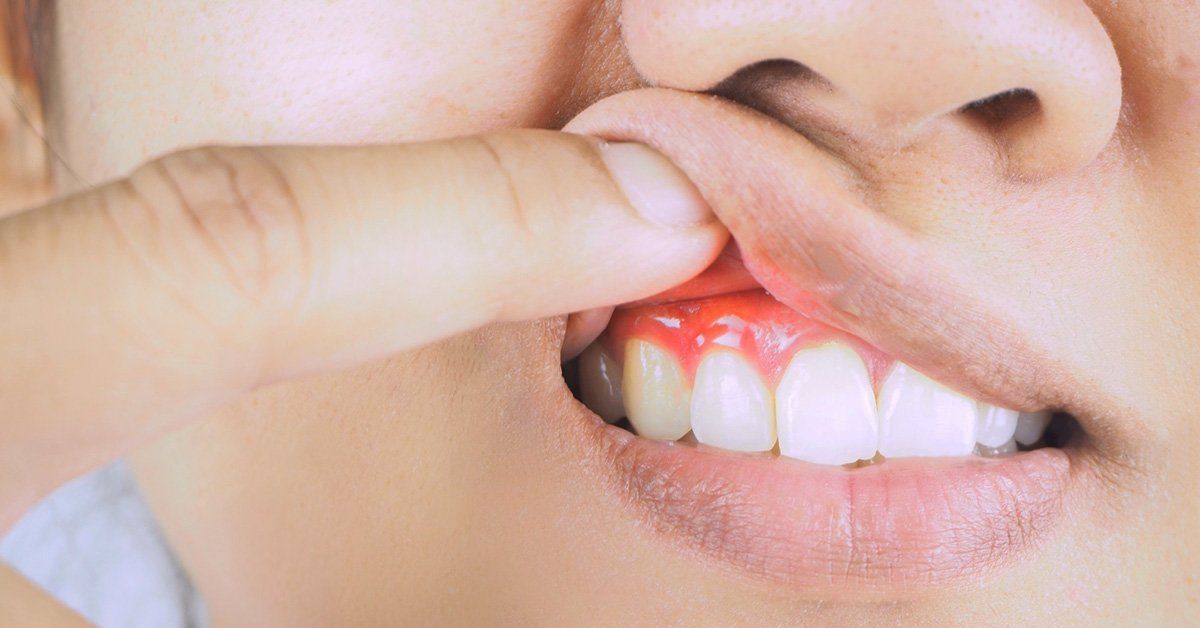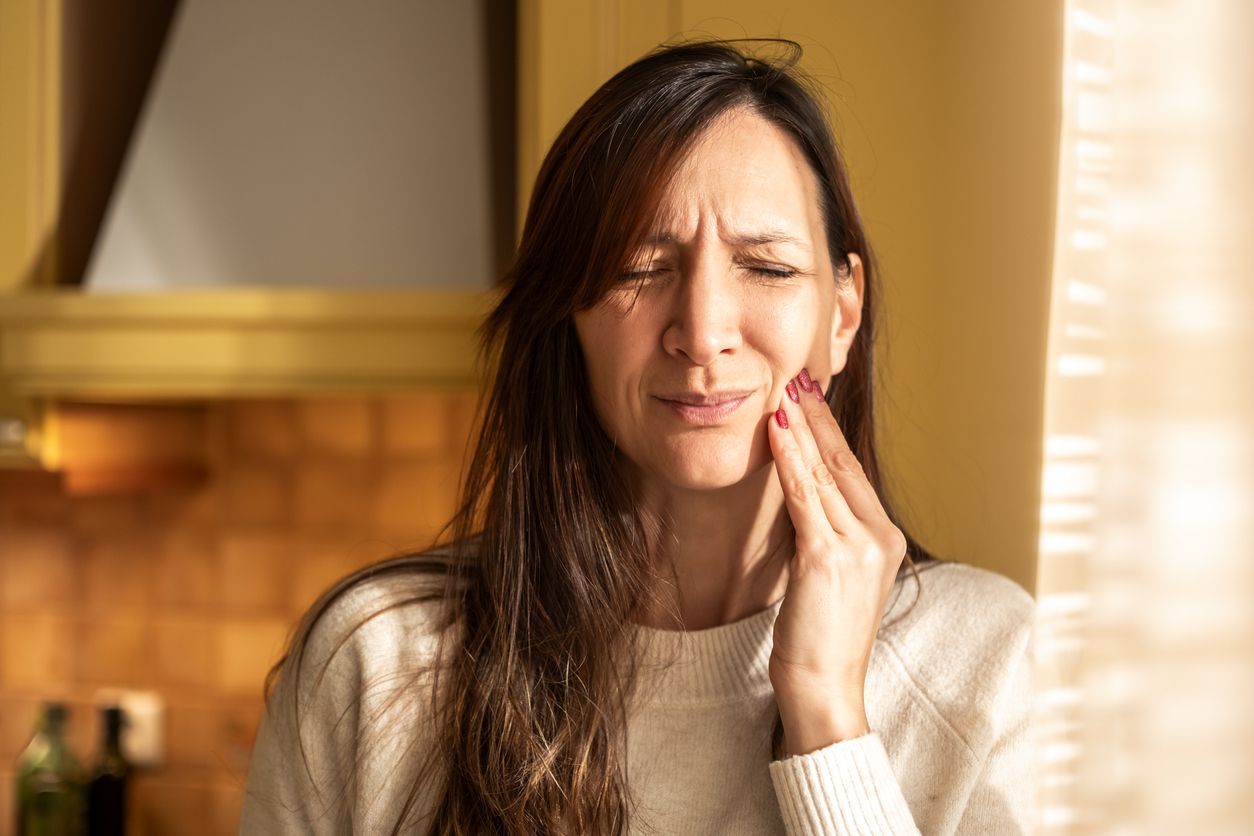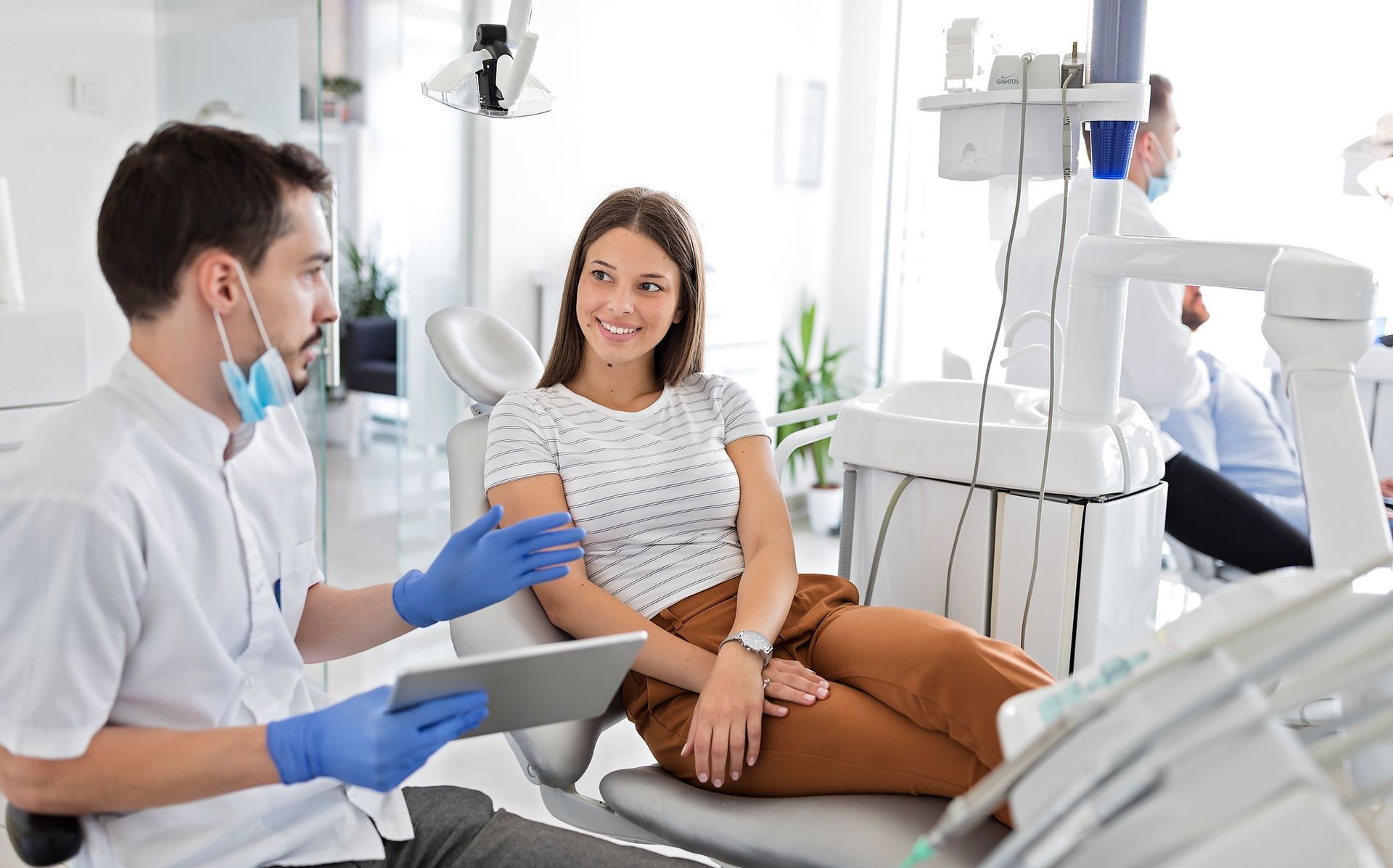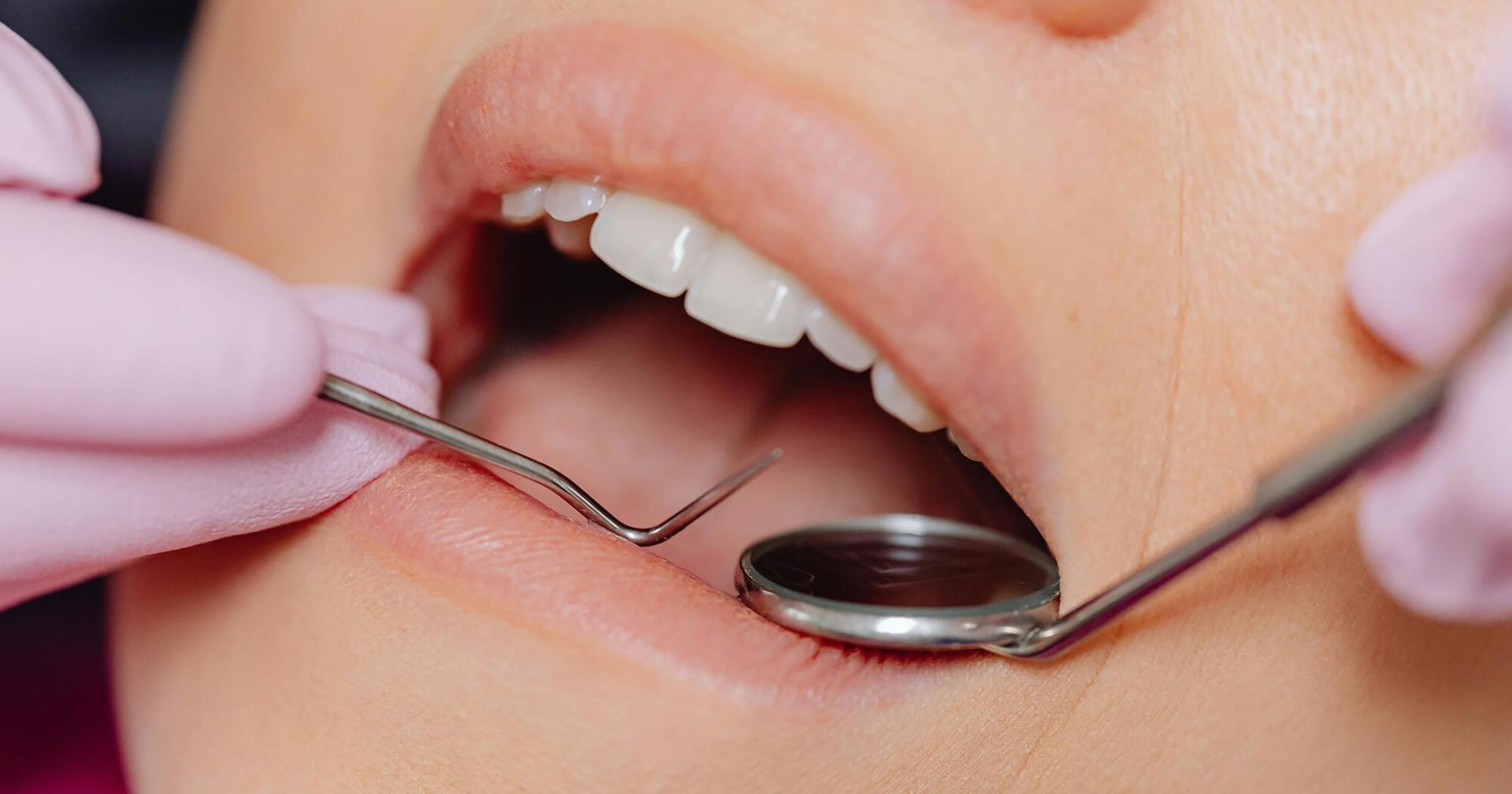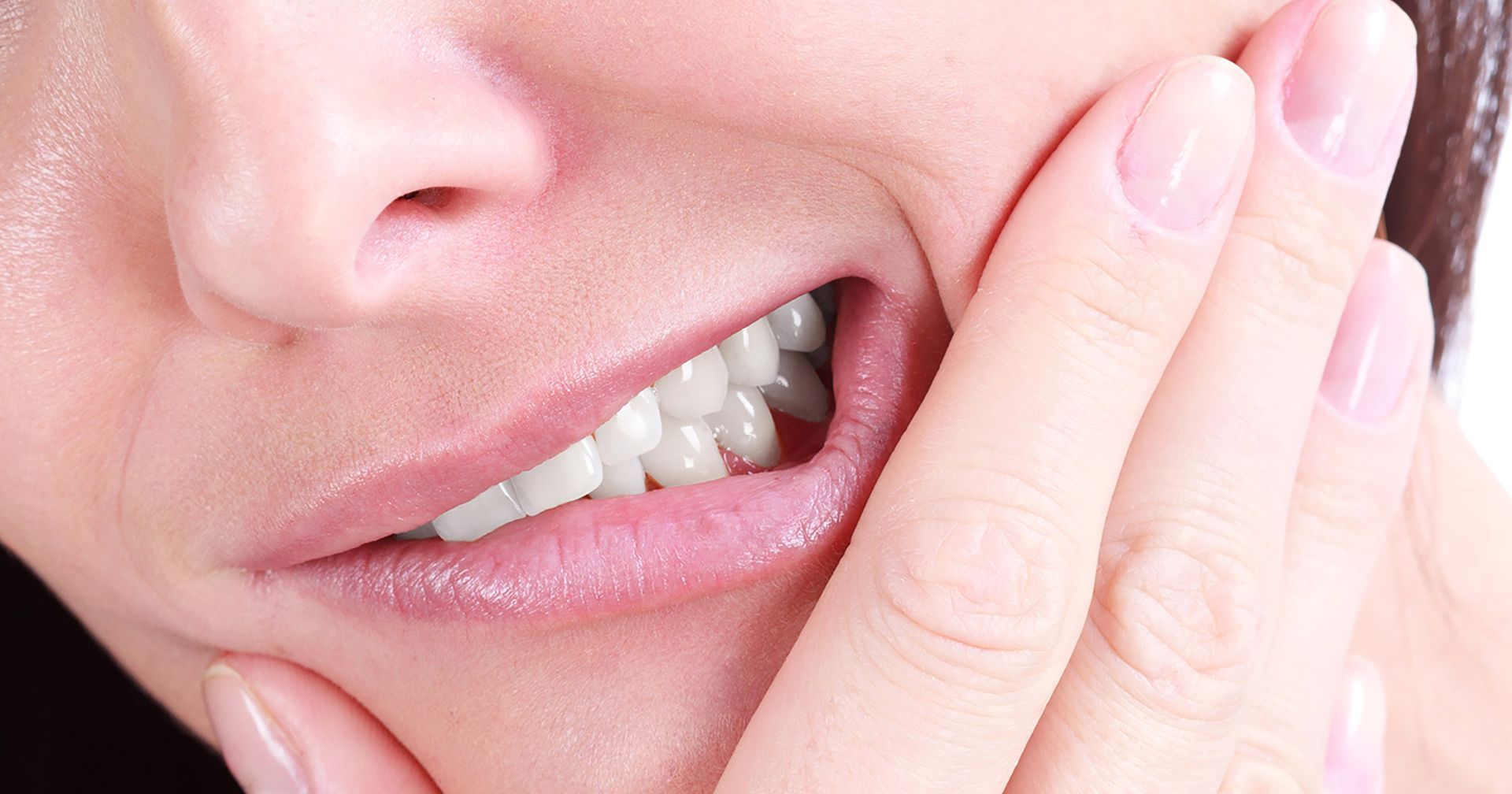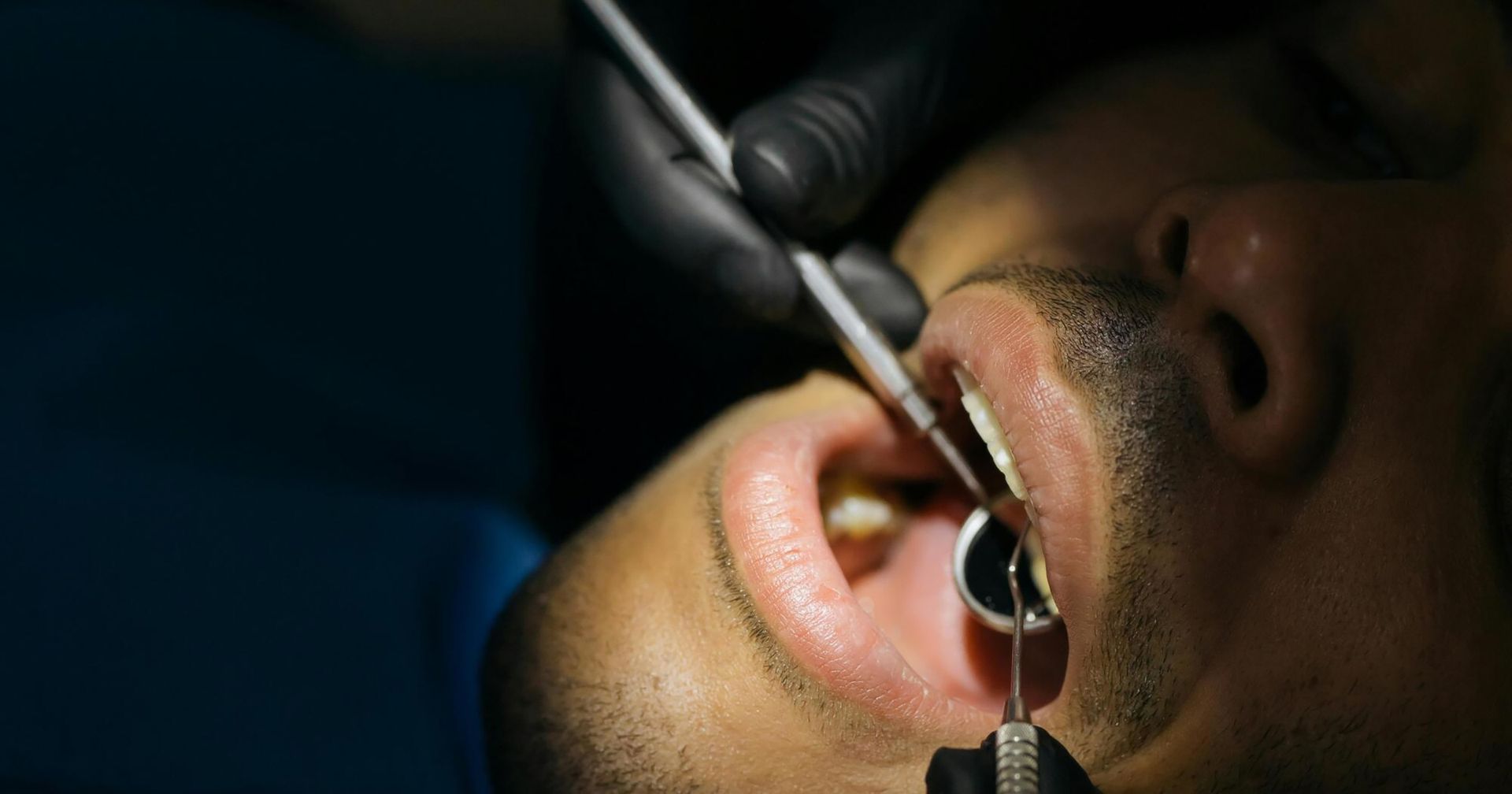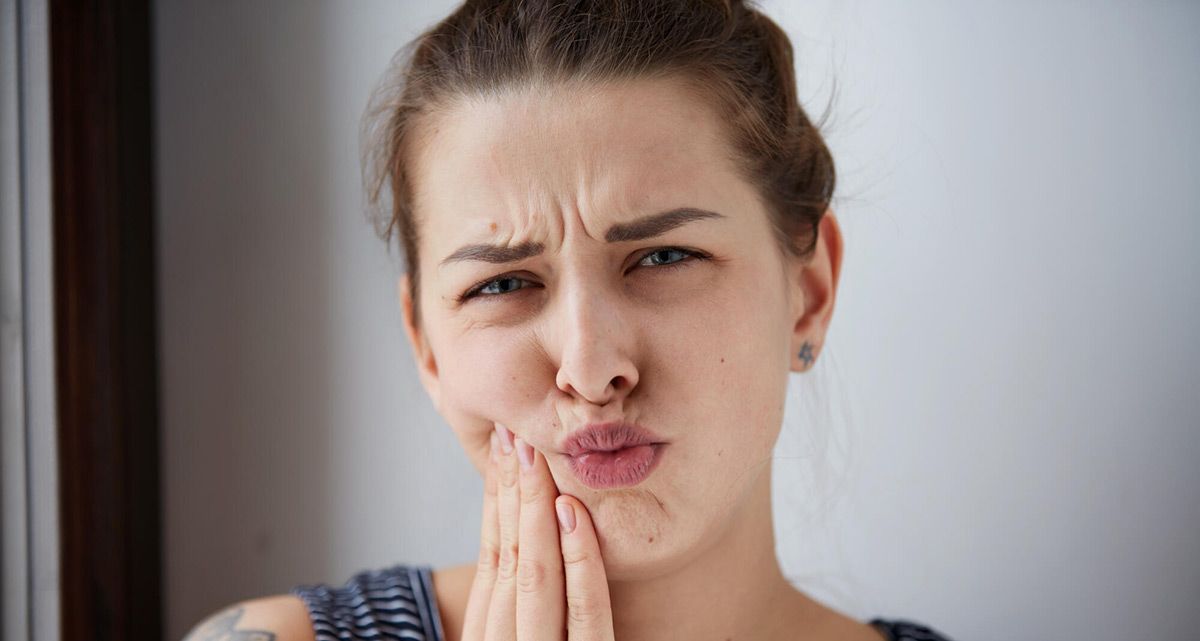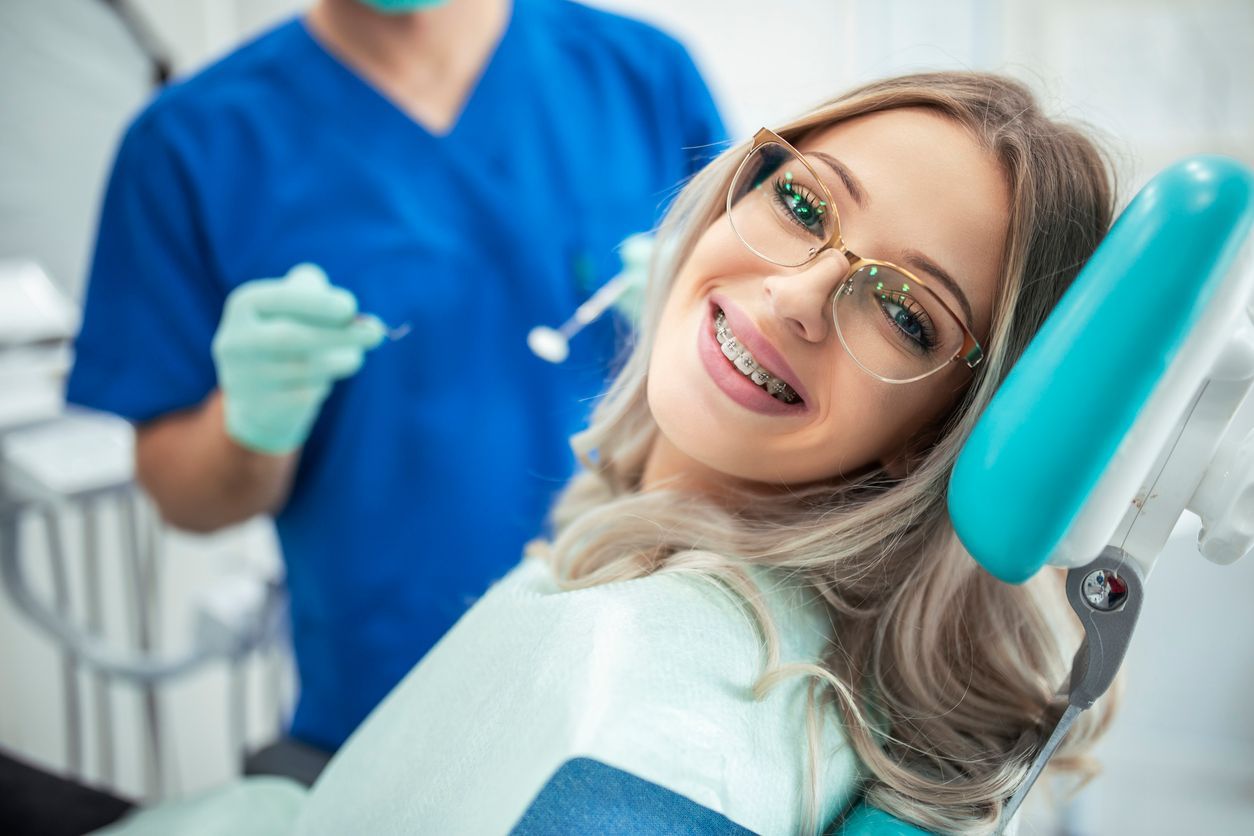Reversing gum disease is easy in its early stages if you know the right treatments. Learn how to reverse gum disease here.
It's estimated that nearly 65 million Americans are living with some form of gum disease (also called periodontal disease, from the Greek “peri-” meaning “around” and “odous,” meaning “tooth”). That's about half of adults over 30. Unfortunately, many people don’t understand the risks that different types of gum disease, like gingivitis and periodontitis, pose to their overall health.
Periodontal disease is not just a simple infection. Left untreated, the bacteria in your mouth that cause gum disease can lead to other pesky health conditions like halitosis and tooth decay, but that's not all. Gum disease can also increase your risk of more serious problems like diabetes, stroke and heart disease.
So how can you tell if you should be concerned about your oral hygiene? And is it possible to reverse gum disease? If you're starting to show the early signs of gum disease, don't worry. You can still work your way to good oral health.
Keep reading below to learn more about this disease, what causes it, its treatment, and the steps you can take toward reversing gum disease.
Signs of Gingivitis
The most common form of gum or periodontal disease is gingivitis.
Gingivitis is a bacterial infection in the gums. It is often caused by untreated plaque buildup. This harmful plaque bacteria can get in the space between your gums and teeth (hence
periodontal, or “around the tooth”). Once the bacteria is there, it begins to attack your tooth and gum tissue, which causes inflammation in your gums.
If you don't brush your teeth properly, plaque can build up along your gums and increase the risk of gingivitis. This is one reason why proper oral hygiene is important to your overall health.
You may have gingivitis if you notice any of the following gum disease symptoms:
- Discolored gums — typically bright red or even purple.
- Over-sensitive gums.
- Bleeding while brushing.
- Halitosis (bad breath).
- Swollen or puffy gums.
- Soft gums.
Gingivitis is uncomfortable, but it doesn't carry any further risks unless it is allowed to worsen. If you follow the at-home treatment suggestions below, practice good oral hygiene, and maintain your routine visits to the dentist, you may be able to handle gingivitis before it progresses into periodontitis.
Signs of Periodontitis
If gingivitis is left unchecked for too long, it can lead to periodontitis.
Periodontitis is one of the most serious types of gum or periodontal disease. The inflammation of the gums from gingivitis is still present, but that infection has spread to the hard structure of the teeth. The bacterial infection at this stage is
ongoing, meaning that it will continue until you have it professionally treated by a dentist. This is because the infection is too strong and too widespread for your body’s immune system to handle on its own. In its early stages, you can reverse periodontitis by practicing good oral hygiene and visiting your dentist for a checkup.
When left untreated, periodontitis can lead to
receding gums, which will leave the root of the tooth vulnerable to damage. Gum recession can also cause your adult teeth to loosen or even fall out.
You may have periodontitis if you notice any of the following signs of gum disease:
Loose teeth.- Tooth loss.
- Difficulty chewing.
- Gum recession.
- Red or swollen gums.
- Chronic bad breath.
- Increased plaque buildup.
- Bloody gums when brushing.
- Pus oozing from the base of teeth.
This is one of many reasons why it is important to practice good oral hygiene. When you do not brush your teeth well enough (or often enough) and do not visit the dentist every six months for a checkup, the plaque bacteria on your teeth can harden into tartar. Tartar is essentially mineralized dead bacteria, and it tends to form right at the gum line. This makes it more difficult to get rid of and requires professional dental cleaning to handle. If you leave tartar on your teeth, you risk periodontitis.
If you have any of these symptoms, set up an appointment with Galvez Dental right away so our experienced dentists can diagnose and treat your periodontitis before it permanently damages your teeth, gums or jaw. Or if it is in the early stages of the disease, you can use the at-home treatments below which may reverse periodontitis.
How to Reverse Gum Disease: At-Home Treatments
If you show symptoms of either gingivitis or periodontitis (in its early stage), there are several at-home treatments that you can put into your daily routine to reverse it.
Regular Brushing and Flossing
The benefits of a regular at-home oral cleaning routine cannot be overstated — and not just if you're struggling with gum disease. Oral hygiene is essential for preventing cavities, tooth decay, bad breath and staining. If you are not already following the tips below, the best time to start is now so you can ensure the health of your teeth.
Brush your teeth twice a day for at least two minutes. Make sure that you brush the gumline to prevent tartar build-up. If you use a manual toothbrush, be sure to brush your teeth in small circles, not back and forth. The circle motion will help to loosen plaque in the crevices between your teeth and at the gum line.
If you're dealing with gum tenderness from periodontitis, use a softer toothbrush to lessen the irritation.
Floss once daily, and make sure you're using the proper technique. Flossing is especially important because it removes the plaque between your teeth that your toothbrush can’t reach.
Antibacterial Mouthwash
Many people use mouthwash to freshen their breath, but that's hardly the only reason it should be used.
Using an antibacterial mouthwash on a regular basis can reverse the growth of the bacteria that cause gum disease. It can also help to reverse periodontitis in its early stages.
Oil Massage and Oil Pulling
Mouthwash isn't the only thing that can curb bacterial growth. Many oils have antibacterial properties as well. Coconut oil is the most popular one to use for oil pulling because of its anti-inflammatory properties, but you could also use sesame, sunflower or olive oil to achieve similar results.
In general, it is recommended to take one tablespoon of your chosen oil and swish it around your mouth for 10-20 minutes. Be careful not to swallow any of it. Once the time is up, spit out the oil and thoroughly rinse your mouth. Afterward, you can brush your teeth like usual.
If you are doing oil pulling to treat gingivitis or periodontitis, it is recommended to do it once per day. Otherwise, you could do it once or twice a week.
Rubbing oil on your gums or swishing it around your mouth for a few minutes can also kill bacteria. And, depending on the oil you choose, it can help reduce inflammation. This is especially helpful if you have a hard time with the intense taste of mouthwash.
Lifestyle Changes
Even if you have the most disciplined oral health regimen in the world, you might still be damaging your mouth with different habits.
If you eat foods rich in sugars or carbohydrates, consume alcohol, or use tobacco products, these may be undermining your oral health.
Eliminating these habits — or at least cutting down — can go a long way in reversing gum disease.
Professional Gum Disease Treatments
In more advanced forms of gum disease, you will not be able to stop it on your own. You will need the help of your dentist.
Regular Cleanings
Regular cleanings should be a part of every person's dental health routine. But they're especially important for those battling gum disease.
In addition to providing important preventative care, your dentist can assess the full extent of your gum disease and give personalized strategies for further home treatment.
Medication
Part of your at-home treatment may be a prescription for medication.
If your periodontitis is especially severe, your dentist may prescribe an antibiotic to help rid your mouth of the harmful bacteria.
Laser Treatment
One of the more powerful methods of treating gum disease is laser treatment.
In many cases of gum diseases, regular brushing and dental cleaning may not be enough.
Often, there is a layer of buildup between the root of the tooth and the gums. However, the inflamed gum tissue prevents you — or your dentist — from getting access to the buildup.
In laser treatment, a high-powered laser is used to remove the inflamed gum tissue from the root of the tooth.
After the infected tissue is removed, the dentist is able to begin what is called root scaling. The buildup is scraped off from the root, then the root is smoothed of any rough spots that may attract additional buildup.
While this might seem like an intimidating procedure, it's much faster and more accurate than other surgical procedures. It requires no anesthesia, and healing goes quickly because it is not invasive. If you have severe plaque or tartar buildup, you may be a good candidate for this treatment.
Take These Steps Toward Reversing Gum Disease
Living with gum disease can be difficult. Poor oral health can cause illness, embarrassment, and decreased confidence.
But you don't need to let gingivitis or periodontitis steal your quality of life anymore. There's still hope for reversing gum disease.
Whether you're battling severe periodontitis or if you're just looking for preventative maintenance, we want to help.
If you're in the Stockton, California area and are looking for a new dentist, contact us to set up an appointment. We'd love to put you back on the road to a good smile!
